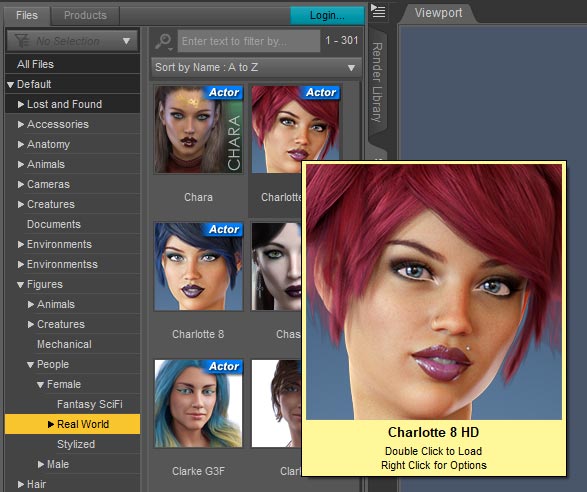
When holding the drum, you’re going to place the lower part of your arm (from elbow to the wrist) around the drum, hugging it essentially, and rest your arm on the wooden frame lightly with as much force as you need to hold it tight.ĭepending on how you place the palm of your hand on the skin of the drum, you’re going to get different sounds, but the basic way is to lightly press the top of your fingers and side of your thumb to the upper part of the skin to get the standard sound without any ringing. Your knee should be leveled and your back upright to give you a balance when playing. When positioning the drum, you want it to go straight up and straight out-no leaning on any axis. If you’re right-handed, you’re going to place it on your left knee and hold it with your left hand, playing it with your right (vice versa for the left-handed). This means that you’re going to rest the drum sideways on your thigh and knee, holding it with one hand and playing with another. The biggest difference is that you need to hold it upright. Holding the Stick (Also Known as a Tiper/Cipín/Beater)Įven though the bodhran looks somewhat similar to a snare drum on the outside, it’s played very differently. The emphasis on the sonic structure and the identity of the material showcases its influences - traditional sabar drumming meeting glitchy electronics and dub textures blending with elements of footwork and drum & bass.

The rhythmic propulsion of the initial recordings made by Smith and Secka at Real World, melds with a backdrop of constantly shifting sonic colors - Brierley’s deep, melodic bass lines, underpin the evolving patterns of Stevenson’s guitar which in turn, intersect with Challenger’s keyboards and the urgency of Secka’s incantations.



Secka then came in to lay down vocals and it was these contributions that went on to define the final songs. The resultant tracks were shaped by Challenger in his studio (Brockley, London), fusing the new rhythm sessions with a variety of manipulated, previous recordings of the band – while also adding an array of synthesizers and a vast sample palette. The concept that emerged for this album involved combining recordings of drums and percussion (laid down at Real World Studios) with improvisatory vocalizations and a production aesthetic that pushed the band’s collective sound in a much more electronic and dub-based direction.


 0 kommentar(er)
0 kommentar(er)
